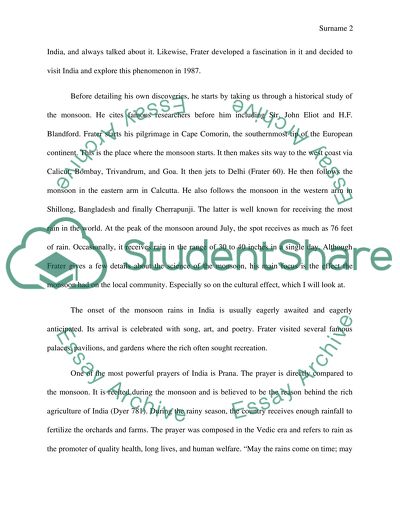Cite this document
(“Journal to the East: Development of Countries During Colonization Essay”, n.d.)
Journal to the East: Development of Countries During Colonization Essay. Retrieved from https://studentshare.org/history/1448867-journal-to-the-east
Journal to the East: Development of Countries During Colonization Essay. Retrieved from https://studentshare.org/history/1448867-journal-to-the-east
(Journal to the East: Development of Countries During Colonization Essay)
Journal to the East: Development of Countries During Colonization Essay. https://studentshare.org/history/1448867-journal-to-the-east.
Journal to the East: Development of Countries During Colonization Essay. https://studentshare.org/history/1448867-journal-to-the-east.
“Journal to the East: Development of Countries During Colonization Essay”, n.d. https://studentshare.org/history/1448867-journal-to-the-east.


